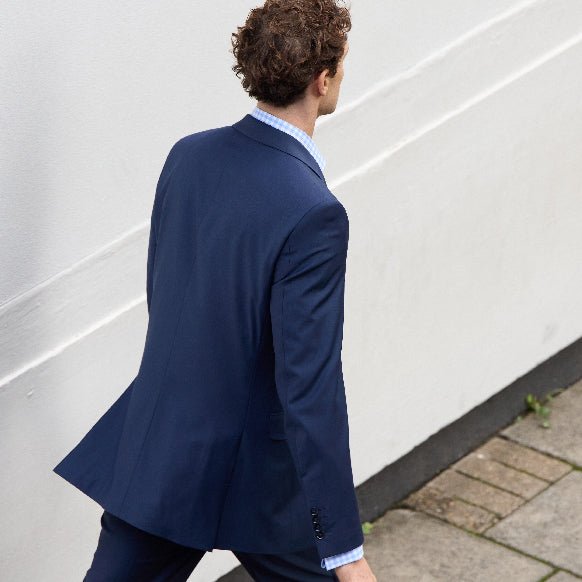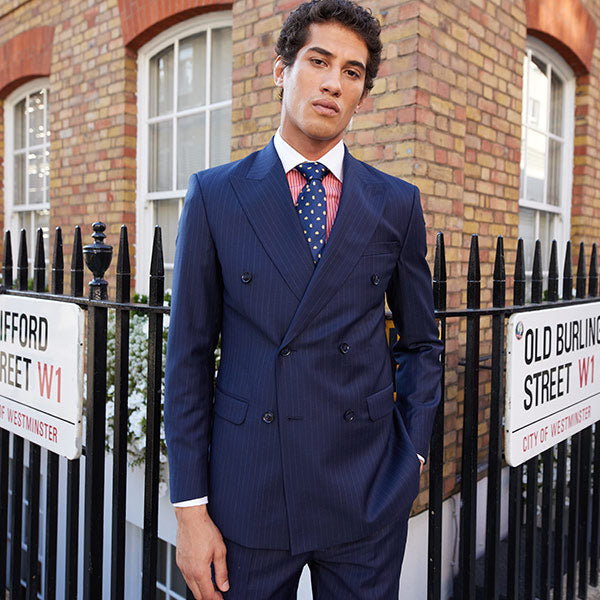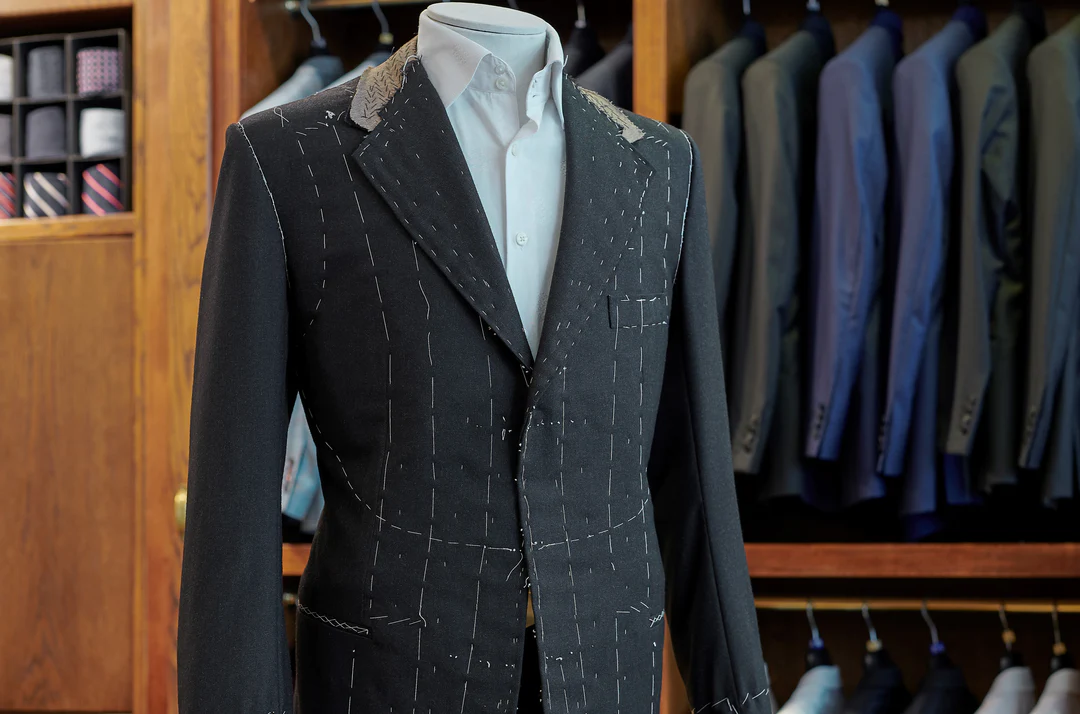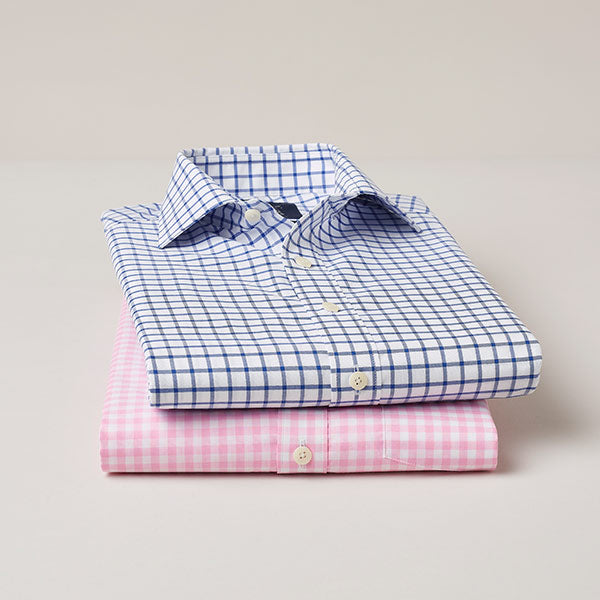We reckon there’s both an art and a science to the business of choosing the right tie. There’s the art of choosing just the right fabric, color, pattern and blade width to add that essential dash of ‘you-ness’ to your business suit and shirt ensemble. A tie that distinguishes you from every other smartly suited man you meet in the course of your working day... And then there’s the science of how that tie is constructed and crafted … So that the knot creates a handsome ‘dimple’, the blades hang well and the whole things stays in shape. If you like to be informed when you make your purchasing decisions, this is the sort of thing it’s good to know.

 The tie that serves as a conversation piece
The tie that serves as a conversation piece  (The key to a good conversation-starter of a tie is a degree of subtlety … straying into the realm of the novelty tie is not such a smart idea!) *Not all of these items are now in stock* he club tie
(The key to a good conversation-starter of a tie is a degree of subtlety … straying into the realm of the novelty tie is not such a smart idea!) *Not all of these items are now in stock* he club tie  The tie that anchors your outfit, marrying colors and patterns from your suit and your shirt
The tie that anchors your outfit, marrying colors and patterns from your suit and your shirt  And the tie that loves to be different
And the tie that loves to be different 
 Beware: not all silks are created equal. A quality silk tie is made from high quality silk. We also apply a special finish to our silks to make them snag- and stain-resistant – because, with the best will in the world, ties do get caught and they do get things splashed on them. Like soup. And gravy. And wine.
Beware: not all silks are created equal. A quality silk tie is made from high quality silk. We also apply a special finish to our silks to make them snag- and stain-resistant – because, with the best will in the world, ties do get caught and they do get things splashed on them. Like soup. And gravy. And wine.
How to Pick a Tie for a Shirt
We’re really looking forward to exploring the art bit of tie selection in future threads – delving into the detail of pattern, color, knot and the like. For now, let’s just say two things. Firstly, when we photograph our dress shirts, we show each one together with a tie that has been designed to go with it. This makes for easy, failsafe shirt-and-tie pairing. And secondly, when selecting a tie you’ve got a choice of two blade widths and five broad ‘style’ options. Your two blade widths are classic and skinny:
And your five broad ‘style’ options are:
The tie that injects a shot of color into your outfit The tie that serves as a conversation piece
The tie that serves as a conversation piece  (The key to a good conversation-starter of a tie is a degree of subtlety … straying into the realm of the novelty tie is not such a smart idea!) *Not all of these items are now in stock* he club tie
(The key to a good conversation-starter of a tie is a degree of subtlety … straying into the realm of the novelty tie is not such a smart idea!) *Not all of these items are now in stock* he club tie  The tie that anchors your outfit, marrying colors and patterns from your suit and your shirt
The tie that anchors your outfit, marrying colors and patterns from your suit and your shirt  And the tie that loves to be different
And the tie that loves to be different 
Now for the science of tie construction
If you like knowing how things are made – and what to look for when you’re buying – the science of tie construction is pretty interesting too. It’s also extremely useful for understanding how to keep your it in tip-top shape. We’re talking here about the three-fold tie. (The vast majority of quality ties have three folds, a few have six or seven, and then there’s the very rare twelve-fold tie. Whilst the higher the number of folds, the more skill is required in the making, it does not automatically follow that more folds lead to a better look).There are four parts to a tie…
The envelope What you see when you look at a tie is, in technical terms, the ‘envelope’. Sometimes referred to as the ‘shell’. This season, all our ties this season are pure silk, some woven, some printed. But the envelope of a quality tie can also be wool, linen or cotton. Not polyester. Ever.
 NEW ARRIVALS
NEW ARRIVALS








